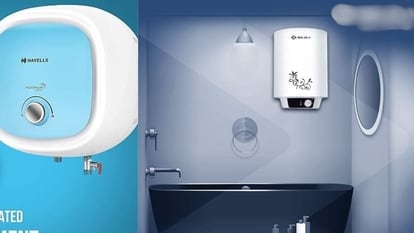ISRO's Aditya-L1 vs NASA's Parker Solar Probe: 2 extraordinary Sun missions
ISRO's Aditya L1 and NASA's Parker Solar Probe are on separate Sun missions. Let's explore their differences in this solar journey.
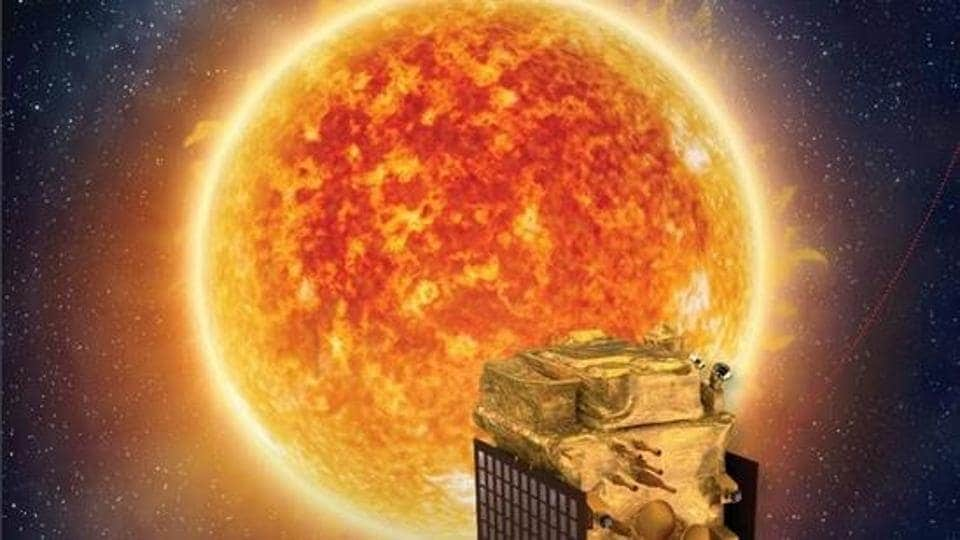

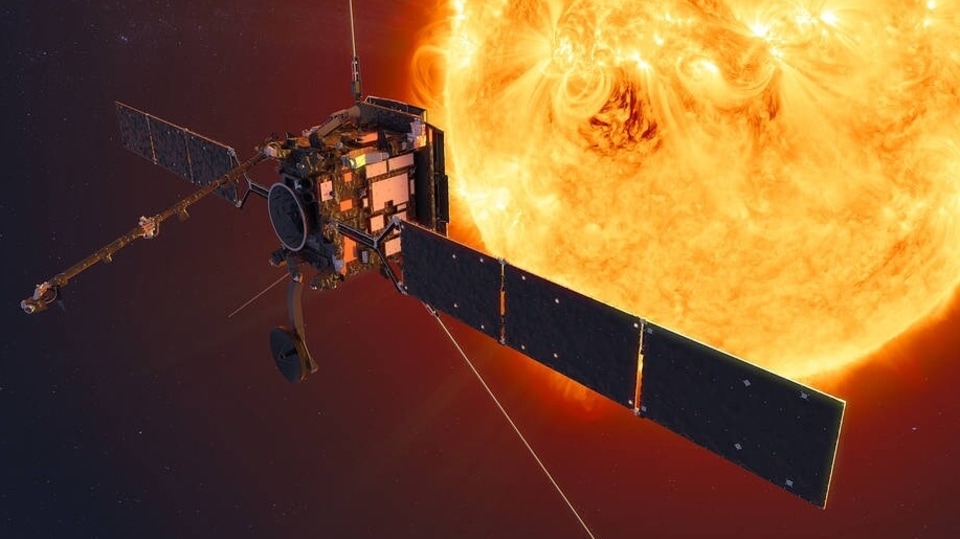
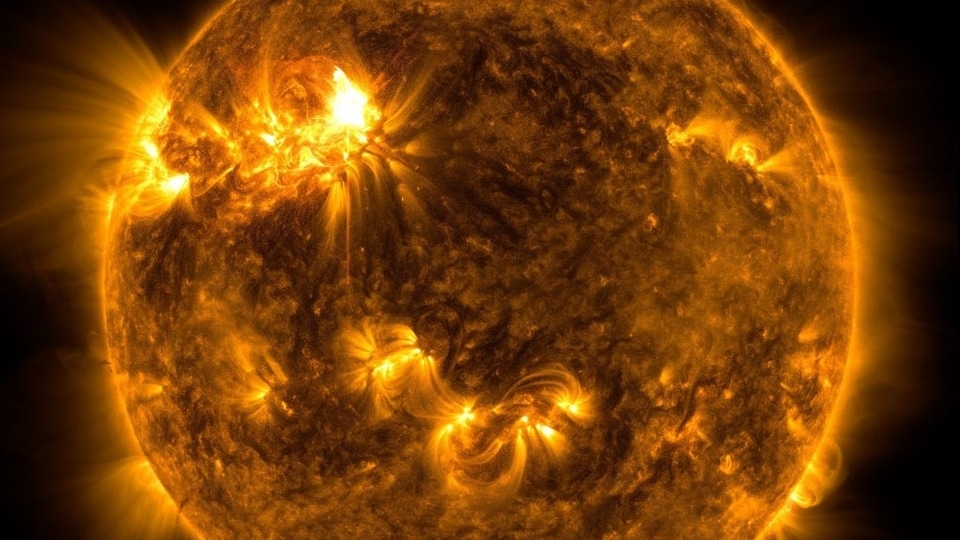

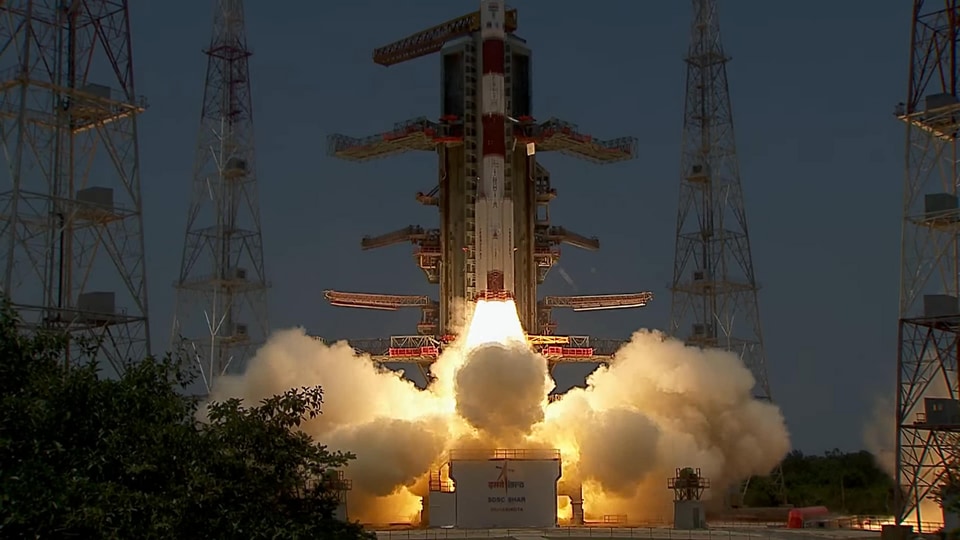
 View all Images
View all ImagesIndia has sent its first spacecraft to study the Sun. This exciting mission, called Aditya-L1, took off from Sriharikota on a Saturday at 11:50 AM India time (06:20 AM GMT). It's going to travel really far – 1.5 million kilometers (932,000 miles) from Earth. That's only 1% of the distance between Earth and the Sun. It will take four months for Aditya-L1 to reach that far.
US space agency NASA too has its solar spacecraft near the Sun. The Parker Solar Probe has been on a mission to get very close to the Sun since 2018 and stay there in those hellish conditions. This Parker Probe is designed to get closer to the Sun's surface than any other spacecraft before it. It's facing extreme heat and radiation to learn more about the Sun's outer atmosphere, solar wind, and high-energy particles. With special tools and a tough shield, the Parker Solar Probe is givingus new insights into the Sun's behavior, space weather, and how it affects Earth.
Let's talk about the key differences between Aditya L1 and the Parker Solar Probe:
1. Proximity to the Sun:Aditya L1 will stay quite far away from the Sun. It is about 1.5 million kilometers away from the Earth. But NASA's Parker Solar Probe is getting up close and personal, going to within 3.9 million miles of the Sun's scorching surface. It's even closer to the Sun's outer atmosphere, known as the corona, which is hotter than the Sun's surface.
2. Instruments: Aditya L1 is carrying seven special tools to help us understand the Sun better:
VELC (Visible Emission Line Coronagraph): Takes pictures and measures the solar corona's temperature, speed, and density.
SUIT (Solar Ultraviolet Imaging Telescope): Provides detailed images of the photosphere and chromosphere, helping us learn about these important layers of the Sun.
SoLEXS (Solar Low Energy X-ray Spectrometer): Observes soft X-rays to understand what's happening on the Sun's surface.
HEL1OS (High Energy L1 Orbiting X-ray Spectrometer): Gives us hard X-ray data, helping us study energetic events on the Sun.
ASPEX (Aditya Solar Wind Particle Experiment): Studies solar wind particles, especially protons and heavy ions, to learn more about the solar wind.
PAPA (Plasma Analyser Package For Aditya): Checks out electrons and heavy ions in the solar wind up close.
Advanced Tri-axial High-Resolution Digital Magnetometers: Measures magnetic fields in the solar corona to understand how they change over time.
In contrast, the Parker Solar Probe has four scientific tools:
FIELDS Experiment: Studies magnetic fields.
ISIS (Integrated Science Investigation of the Sun): Investigates plasma, which is a hot gas.
WISPR (Wide-Field Imager for Solar Probe): Takes pictures of the solar wind.
SWEAP (Solar Wind Electrons Alphas and Protons): Measures particles in the solar wind.
Both missions are helping us learn more about the Sun, but they're taking slightly different approaches to gather important data. Aditya L1 is staying farther away while Parker Solar Probe is boldly going closer than ever before.
Catch all the Latest Tech News, Mobile News, Laptop News, Gaming news, Wearables News , How To News, also keep up with us on Whatsapp channel,Twitter, Facebook, Google News, and Instagram. For our latest videos, subscribe to our YouTube channel.































